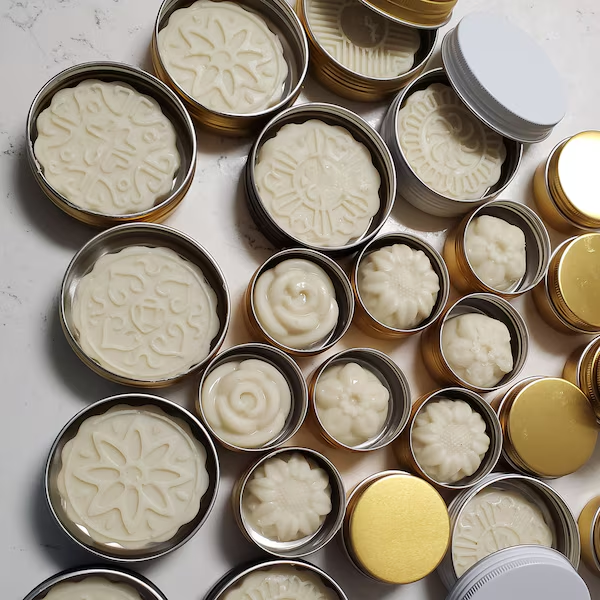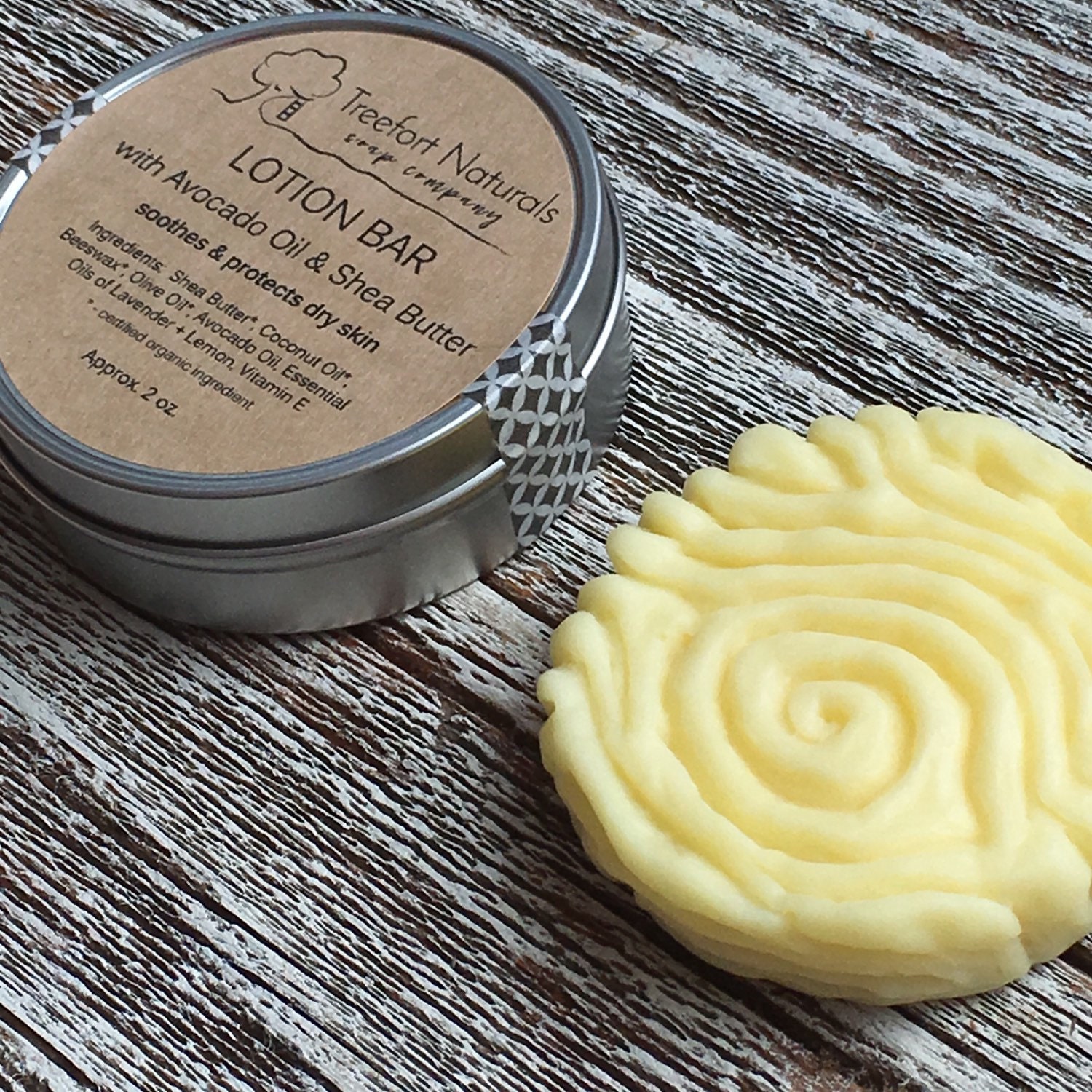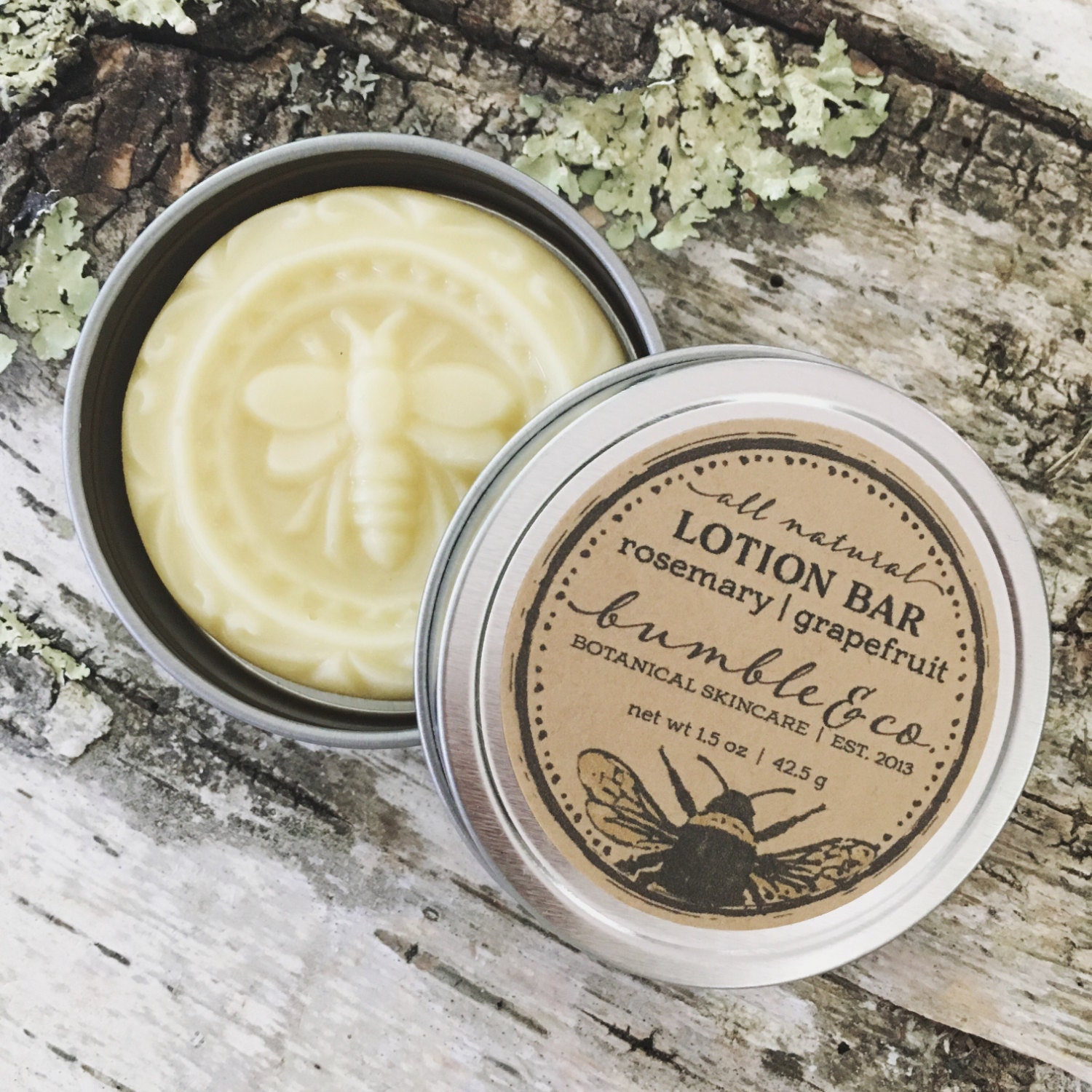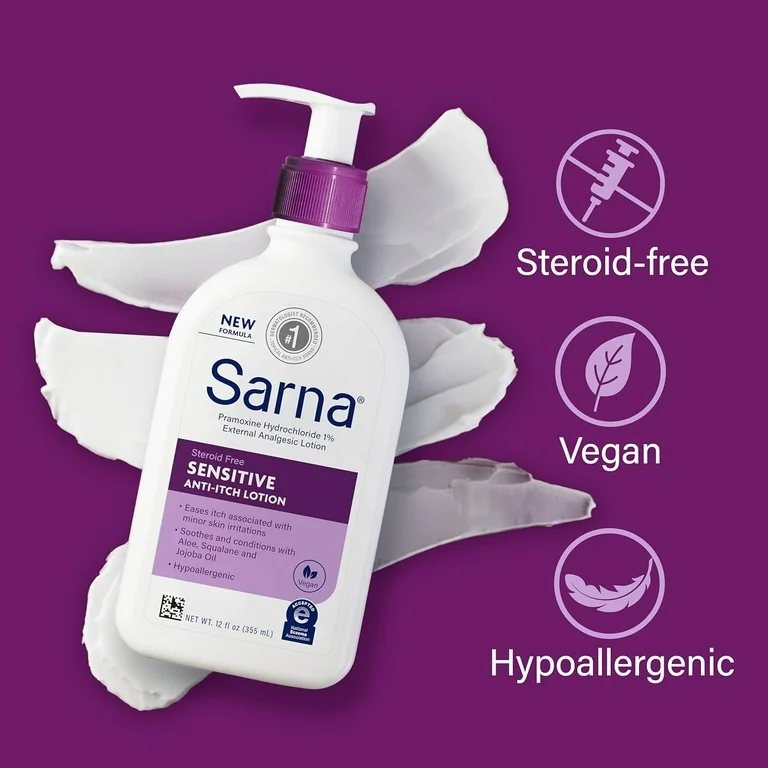
Benefits of Using Lotion Bar? Ingredients for DIY Lotion Bars
What Are Lotion Bars
Lotion bars are a unique form of skin moisturizer. Unlike liquid lotions, these bars are solid at room temperature. They consist of natural oils, butters, and waxes. These ingredients hydrate and protect the skin deeply. Lotion bars activate with your body heat. When you rub a bar between your hands, it melts slightly. This allows you to glide it over your skin. Lotion bar is organic and usually eco-friendly.
They often come without the excess packaging that traditional lotions have. People enjoy using lotion bars because they are mess-free. They also love that these bars are easy to apply. With a lotion bar, you carry a compact, solid piece rather than a bottle. This makes them ideal for on-the-go application. In summary, lotion bars are a convenient, tidy, and effective way to keep skin moisturized.
Benefits of Using Lotion Bars
The use of lotion bars comes with several attractive benefits. Here are some of the most compelling advantages you’ll enjoy when incorporating these bars into your skincare routine:
- Deep Moisturization: The concentration of natural oils and butters in lotion bars provides lasting hydration. Your skin absorbs these nutrients more deeply than traditional lotions.
- Eco-Friendly Alternative: As many lotion bars are organic and come without plastic packaging, they are an excellent choice for eco-conscious consumers. Using these helps reduce waste and support sustainability.
- Travel-Friendly: Lotion bars are solid, which means they don’t risk spilling in your bag. Their compact nature also means they take up less space, making them ideal for travelers.
- No Mess Application: Forget about the dripping and leakage common with liquid lotions. A lotion bar offers a clean application, leaving your hands and surfaces free from greasy residues.
- Long-Lasting: Since they are solid and concentrated, it takes less product to moisturize your skin. Therefore, lotion bars often last longer than the same volume of liquid lotion.
- Perfect for Sensitive Skin: With minimal ingredients, typically without added chemicals or preservatives, lotion bars can be better for those with sensitive skin.
- Controlled Usage: You can easily control the amount of product you use with a lotion bar, leading to less waste and more precise application.
Incorporating ‘lotion bar’ into your skincare regimen provides both practical and environmental benefits. Users often find that their skin feels more nourished and moisturized without the mess and waste of traditional lotions.

How to Use Lotion Bars
Using lotion bars is simple and convenient. To ensure you get the maximum benefits from your lotion bar, follow these straightforward steps:
- Warm It Up: Begin by holding the lotion bar in your hands. Your body heat will warm it up. The bar will soften slightly, allowing you to spread it easily over your skin.
- Apply Directly: Once warmed, apply the bar directly to your skin. Glide it over any areas that need moisturization, such as arms, legs, elbows, and knees.
- Massage In: After applying, use your hands to massage the oils into your skin. This helps to absorb the nourishing ingredients more thoroughly.
- Use Sparingly: Since lotion bars are concentrated, a little goes a long way. Start with a small amount. You can always add more if needed.
- Enjoy the Benefits: Enjoy the feeling of hydrated, smooth skin after use. The ingredients will continue to moisturize your skin throughout the day.
Remember, if you’re using a lotion bar for the first time, experiment with how much you need. Find what works best for your skin’s needs. And always store your lotion bar in a cool, dry place to keep it solid and make it last longer. With these tips in mind, adding a ‘lotion bar’ to your daily routine could be a game-changer for your skin.
Making Your Own Lotion Bars
Creating your own lotion bars is a fun, rewarding DIY project. With a few simple ingredients, you can tailor your bars to fit your skin’s unique needs. Homemade lotion bars also give you the chance to choose high-quality, natural ingredients. Making lotion bars at home can be both cost-effective and satisfying.
Ingredients for DIY Lotion Bars
To make a basic lotion bar, you’ll need:
- Beeswax: Provides a solid base and protective layer for your skin.
- Shea butter or cocoa butter: Offers deep moisturizing properties.
- Coconut oil or almond oil: Helps to nourish and hydrate skin.
- Essential oils (optional): Adds fragrance and can provide additional skin benefits.
These ingredients are rich in vitamins and antioxidants. They work together to lock in moisture. Choose organic and unrefined options for the best quality.
Step-by-Step Lotion Bar Recipe
Here is a simple way to make lotion bars:
- Measure equal parts of beeswax, butter, and oil. A common ratio is 1:1:1.
- Use a double boiler to melt the beeswax, butter, and oil together. Stir until smooth.
- Remove from heat and let the mixture cool a little. Then, add a few drops of essential oils if desired.
- Pour the mixture into molds. Silicone molds work well for easy removal.
- Let the bars cool and harden. This can take a few hours.
- Once solid, pop the lotion bars out of the molds.
- Store them in a cool, dry place.
By following these steps, you’ll have your own lotion bar that’s perfect for keeping your skin moisturized and happy. Remember, you’re in control of the ingredients. You can experiment with different oils and butters to find the perfect combination for your skin type.

Choosing the Right Lotion Bar for Your Skin Type
Selecting the most suitable lotion bar for your skin does not have to be complex. Consider your skin’s specific needs before making a choice. Here is how to choose the right lotion bar for your skin type:
- For Dry Skin: If you have dry skin, look for lotion bars with a higher oil percentage. Bars with shea butter and coconut oil are excellent for providing extra hydration.
- For Oily Skin: For those with oily skin, choose lotion bars with lighter oils, such as grapeseed oil. Beeswax can help to lock in moisture without leaving a heavy residue.
- For Sensitive Skin: Look for bars with minimal ingredients. Avoid those with added fragrances or essential oils that may cause irritation.
- For Normal Skin: If your skin is neither too dry nor too oily, most lotion bars will suit your needs. Look for bars with balanced ingredients for everyday use.
- For Combination Skin: If you have areas of both dry and oily skin, opt for a versatile lotion bar. Choose one with a beeswax base to help maintain equilibrium on your skin.
By keeping these points in mind, you can find a lotion bar that gives your skin optimal nourishment. Be sure to test a small amount on your skin first to ensure it’s the right match for you.
The Convenience of Lotion Bars for Travel
Lotion bars are the traveler’s best friend. They are compact and leak-proof, making them a staple for any travel kit. For those who are always on the move, here’s why lotion bars are a must-have:
- No Spill Worries: With lotion bars, there’s no risk of spills or leaks in your luggage.
- Airport Security Friendly: Because they are solid, they don’t fall under liquid restrictions for carry-on luggage.
- Space Savers: Their small size makes them easy to pack, saving precious space.
- Quick Application: You can apply them swiftly without waiting for absorption like with creams.
- Multi-use: Many lotion bars also work as lip balms or even hair conditioners, reducing the number of items you need to pack.
When you’re traveling, the last thing you want is a liquid lotion bottle opening up in your bag. Lotion bars are solid at room temperature and only melt from the heat of your skin. This means that wherever you go, your clothes and belongings stay clean. They are also typically made of natural ingredients, which is an added bonus for eco-conscious travelers who prefer organic skincare options.
Thanks to their solid nature, going through airport security with a lotion bar is hassle-free. There’s no need to fit your moisturizer into a clear plastic bag or worry about the 3.4-ounce liquid rule. You just place the bar in your carry-on and you’re good to go. Their convenience makes them a reliable choice for anyone who needs to freshen up and moisturize quickly, without fuss or mess.
In summary, lotion bars simplify the travel experience. They offer ease and efficiency while also caring for your skin on the go. Keep one in your purse or pocket for instant hydration wherever your travels take you.

Preserving and Storing Lotion Bars
Proper storage is key for preserving lotion bars’ longevity and effectiveness. Here are some tips to keep your bars in their best condition:
- Keep Cool and Dry: Store lotion bars in a cool, dry place away from direct sunlight. Heat can cause the bars to melt.
- Use Proper Containers: Opt for an airtight container for keeping your lotion bar. This prevents moisture and dust.
- Avoid Heat Sources: Stay clear of radiators, windows, or cars on warm days. Heat can make bars too soft.
- Refrigerate During Heatwaves: In hot weather, placing the bars in your fridge can maintain their solid form.
- Separation is Good: If you own multiple lotion bars, store them separately. Different scents and oils could mix or bleed.
- Wrap in Parchment: Wrapping your lotion bar in parchment paper helps to preserve its natural oils and prevents sticking to the container.
- Don’t Freeze: Freezing can change the texture. It’s better to avoid it unless necessary.
- Use Within a Year: For best results, aim to use your lotion bar within a year of making or purchasing.
By following these simple tips, you’ll ensure that your lotion bar retains its hydrating powers and remains easy and mess-free to use, every time. Remember, while lotion bars resist spoilage due to their lack of water, they can still degrade over time. Treat your lotion bar with care and it will keep your skin nourished for months to come.
Comparing Lotion Bars to Traditional Lotions
Lotion bars and traditional lotions both aim to moisturize skin, yet they have distinct differences. Here’s a comparison to help you understand each product better:
- Form: Lotion bars are solid at room temperature, while traditional lotions are liquid.
- Application: Lotion bars melt with body heat and apply directly, whereas liquid lotions spread from a bottle.
- Ingredients: Lotion bars often have natural oils and waxes, without water. Lotions usually consist of water, oils, and emulsifiers.
- Packaging: Bars are typically eco-friendlier, lacking plastic bottles. Lotions often come in plastic packaging.
- Travel Convenience: Bars are travel-friendly with no spillage, while liquid lotions can leak and must meet airport liquid limits.
- Shelf Life: Without water, bars resist spoilage better than lotions, which may need preservatives.
- Efficacy: Bars offer deeper hydration due to concentrated ingredients. Lotions may require reapplication.
- Suitability: Lotion bars might work better for sensitive skin, as they have fewer ingredients. Lotions can have ingredients that irritate sensitive skin.
In summary, lotion bars are mess-free, eco-conscious, and hold a compact advantage, especially for travelers. Traditional lotions offer convenience in application and are readily available. When deciding between them, consider your lifestyle, skin needs, and preference for natural ingredients.

